Maintaining an RV refrigerator is a critical part of storing fresh food during your travels. While there are many things you need to do to keep it fully operational, one of the most common maintenance tasks is defrosting. Over time, ice buildup degrades the appliance’s efficiency, which could cause failures when you need it the most. This guide will walk you through how to defrost your RV refrigerator efficiently.
Signs the RV Refrigerator Needs Defrosting
One of the key indicators that an RV refrigerator requires defrosting is the presence of excessive ice buildup on the interior surfaces, particularly on the evaporator fins or walls. This can occur when moisture inside the refrigerator freezes and accumulates over time, forming noticeable layers of ice. Excessive ice buildup reduces the available space for your food items and obstructs the cooling mechanisms, making it difficult for the refrigerator to maintain a desirable temperature.
If you notice that food and drinks are not as cold as they should be or take longer to cool, it may indicate that ice buildup is hindering the refrigerator’s performance. Additionally, unusually high levels of condensation inside the refrigerator or water pooling at the bottom are indicators that defrosting is overdue.
Unusual noises, like clicking or inconsistent humming, could also point to an overworked compressor attempting to maintain the set temperature. This happens occasionally when the refrigerator struggles to circulate cool air effectively due to frost buildup. Remaining alert to these indicators can teach you when it’s the right time to defrost the fridge before it affects the reliability of your unit.
Efficient Defrosting Techniques
There are many different ways to defrost an RV refrigerator, but ensuring you do so efficiently will depend on your chosen method and adherence to proper safety precautions. The following approaches are widely used and effective in addressing ice buildup.
Natural Defrosting
The most straightforward method is natural defrosting. Begin by turning off the refrigerator, emptying its contents, and placing towels or a shallow tray beneath the appliance to collect melting ice and water. Leave the refrigerator door open, allowing the ice to melt gradually over time.
To expedite the process, you can place a container of hot water inside the refrigerator to raise the temperature. However, make sure the water is not boiling to avoid damaging the interior surfaces.
Hairdryer
Using a hairdryer is another method for quick defrosting. Set the hairdryer to a low or medium heat setting, keeping it at a safe distance from the ice to avoid overheating or damaging the refrigerator components. Move the hairdryer back and forth over the ice-covered areas, allowing the warm air to melt the frost. This method is particularly useful for tight schedules because it can greatly reduce the time needed to defrost the refrigerator.

Ice Removal
If you don’t have the time to wait around or fear that the food will go bad during this process, manually removing the ice is another possibility. While it doesn’t technically classify as defrosting, it’s just as effective. All you need is an ice scraper or some other pointed object that can dislodge chunks of ice. Use your tool of choice to break up the ice, and let it fall into a container underneath.
As long as the fridge isn’t too large, this shouldn’t take too long. Just act carefully when chipping away at the ice to avoid causing any damage.
Additional Defrost Advice:
Regardless of the chosen method, thoroughly wipe away any water or ice remnants before turning the refrigerator back on. This prevents lingering moisture from refreezing and causing the same issue again.
Tips for Preventing Ice Buildup
Now that you’re familiar with the methods for defrosting your fridge, it’s crucial to learn what you can do to stop excessive ice accumulation from happening again. Preventing this issue begins with maintaining consistent practices in its usage.
Reduce Opening Frequency
One of the most effective strategies is minimizing the frequency and duration of opening the refrigerator door. Every time the door opens, warm air enters the compartment. The moisture level increases, which can freeze and lead to ice buildup. Make a habit of quickly retrieving items and firmly closing the door afterward to limit unnecessary airflow.
Regulate the Refrigerator’s Temperature
Regulating the internal temperature is another important step. Set the refrigerator to the recommended temperature range between 34 and 40 degrees Fahrenheit. This range could vary depending on external factors, so play around with the temperature as needed.
Nevertheless, it’s important to recognize that if temperatures are too low, it can increase the likelihood of frost forming, while higher temperatures may compromise food safety. Use your fridge’s built-in thermometer to monitor the temperature and make adjustments as needed.
Seal the Fridge
Next, regularly inspecting the door seals is essential for maintaining the refrigerator’s efficiency. Damaged or worn seals can allow warm air to seep into the unit, promoting excess ice formation. Check the seals for gaps, cracks, or tears in your camper refrigerator, and replace them promptly if you find any issues. Ensuring a tight seal will enhance the refrigerator’s cooling performance and reduce energy consumption.

Organize the Refrigerator’s Contents
The layout of the refrigerator’s contents can also play a role in preventing ice buildup. Avoid overpacking the compartments, as this obstructs airflow and makes it harder for the appliance to maintain even cooling. Additionally, storing food and beverages in sealed containers reduces the release of moisture, further minimizing the chances of frost accumulating.
Add a Refrigerator Fan
Finally, if all else fails, consider installing a small RV refrigerator fan to improve air circulation within the unit. These battery-operated devices help distribute cool air more evenly, reducing the likelihood of frost formation on specific surfaces.
Maintenance Schedule
While these prevention tips are all great in theory, none of them will matter if you don’t check on the fridge regularly. Establishing a consistent maintenance schedule for your RV refrigerator will support long-term performance.
Inspect the refrigerator at least once every three months—or after every extended trip—for signs of ice buildup, damaged seals, and abnormal operation. A proactive approach allows you to address minor issues before they escalate into serious problems.
Plan to defrost the refrigerator at least once or twice yearly, depending on its usage and environmental conditions. For RV owners who frequently travel to humid climates, defrosting may be necessary more often due to increased moisture levels. Monitor the refrigerator’s cooling efficiency and noise levels as part of your routine maintenance to identify early warning signs of potential issues.
Regularly clean the interior and exterior surfaces of your refrigerator to remove dirt, grime, or food residue that may affect its performance. Use a gentle cleaning agent and a soft cloth to avoid causing damage to the appliance. Clear the ventilation system of dust and debris to ensure ample airflow for cooling.
Lastly, keep an eye on the refrigerator’s energy consumption. Sudden increases in energy usage may indicate underlying problems such as excessive ice buildup or mechanical inefficiencies. Addressing these issues promptly can prevent further strain on the appliance and extend its lifespan.

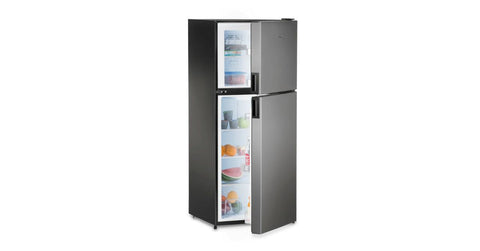
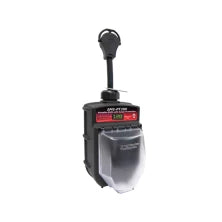
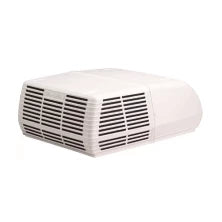
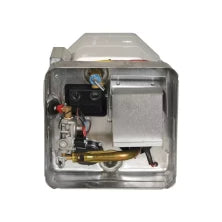
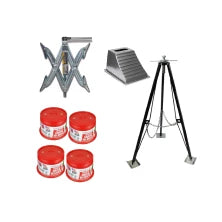
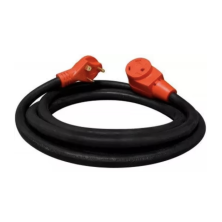
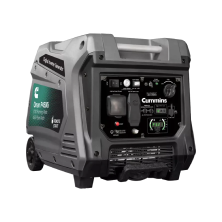
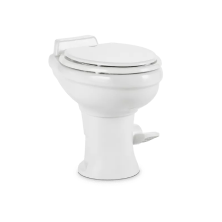
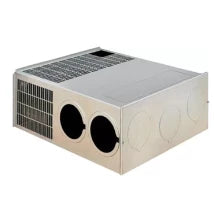
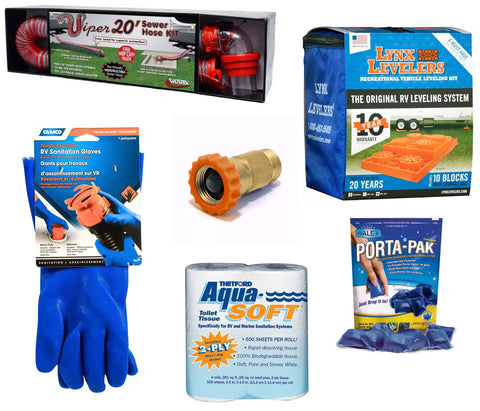
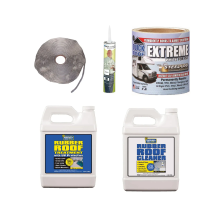
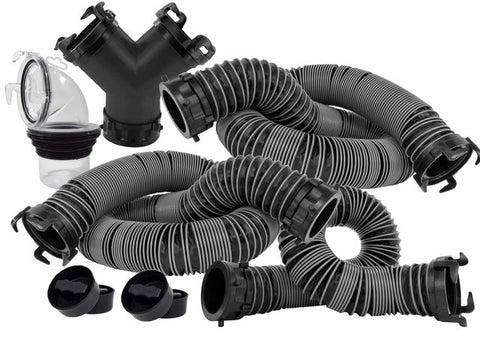
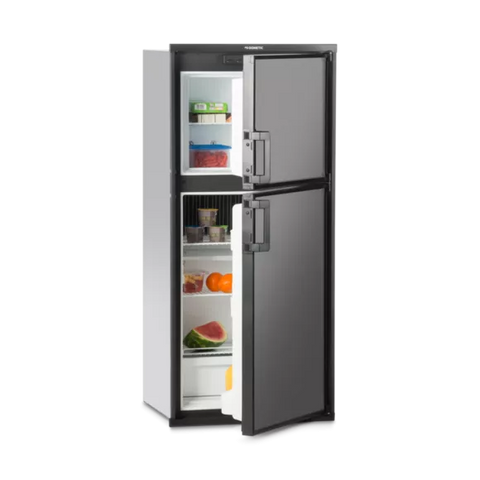
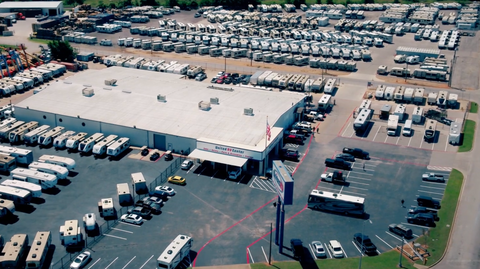
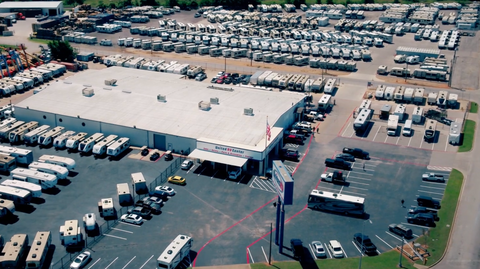
Comments (0)
There are no comments for this article. Be the first one to leave a message!